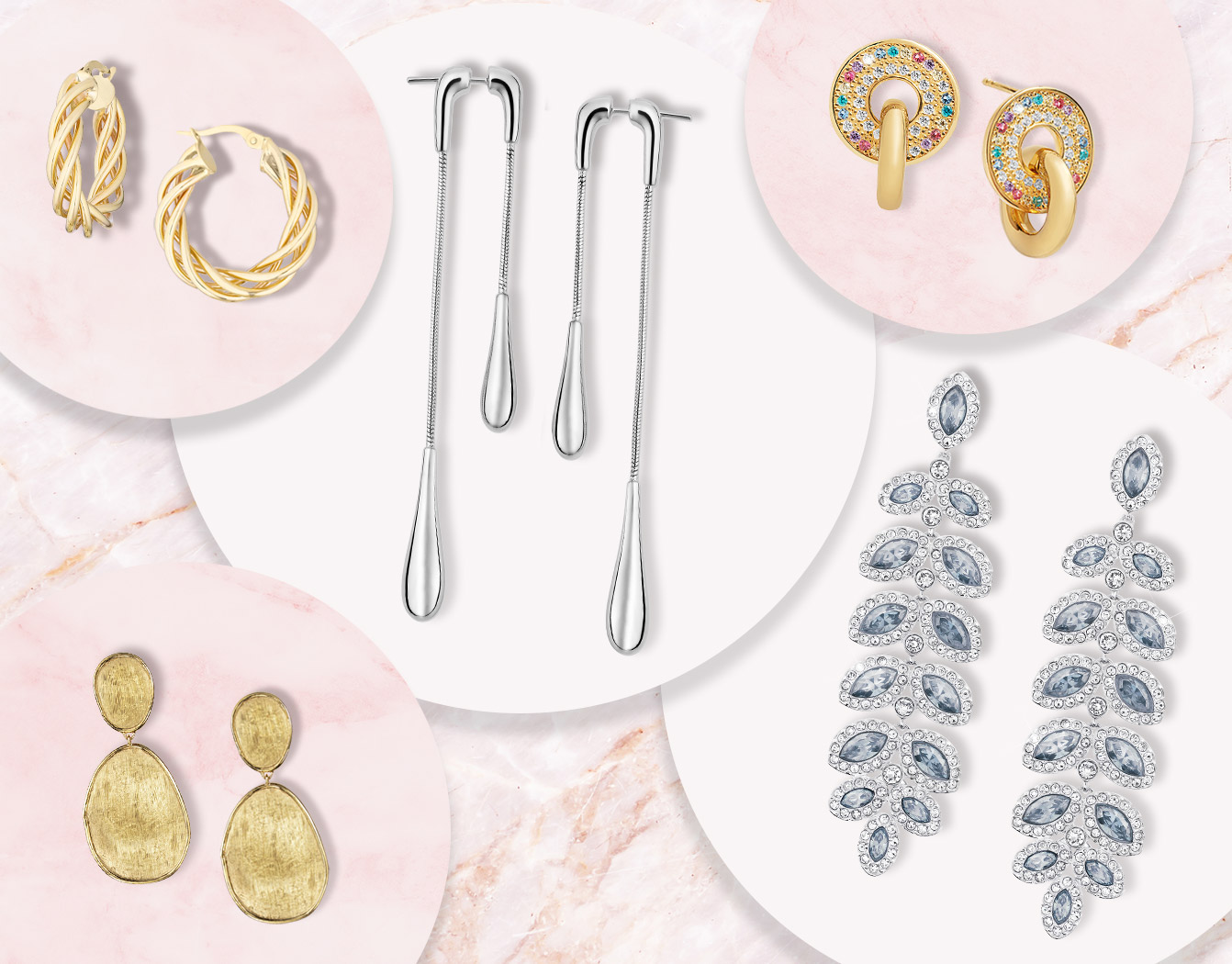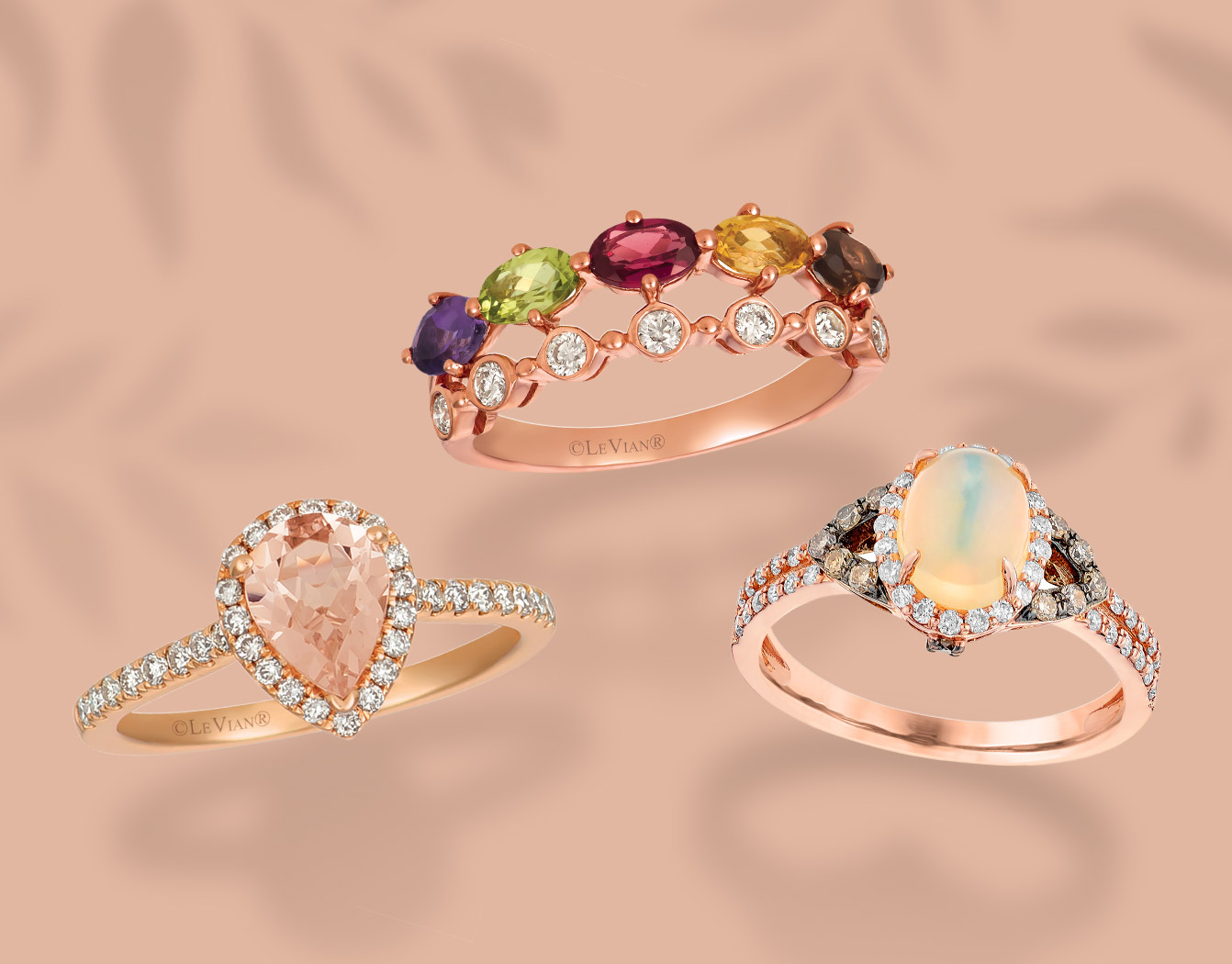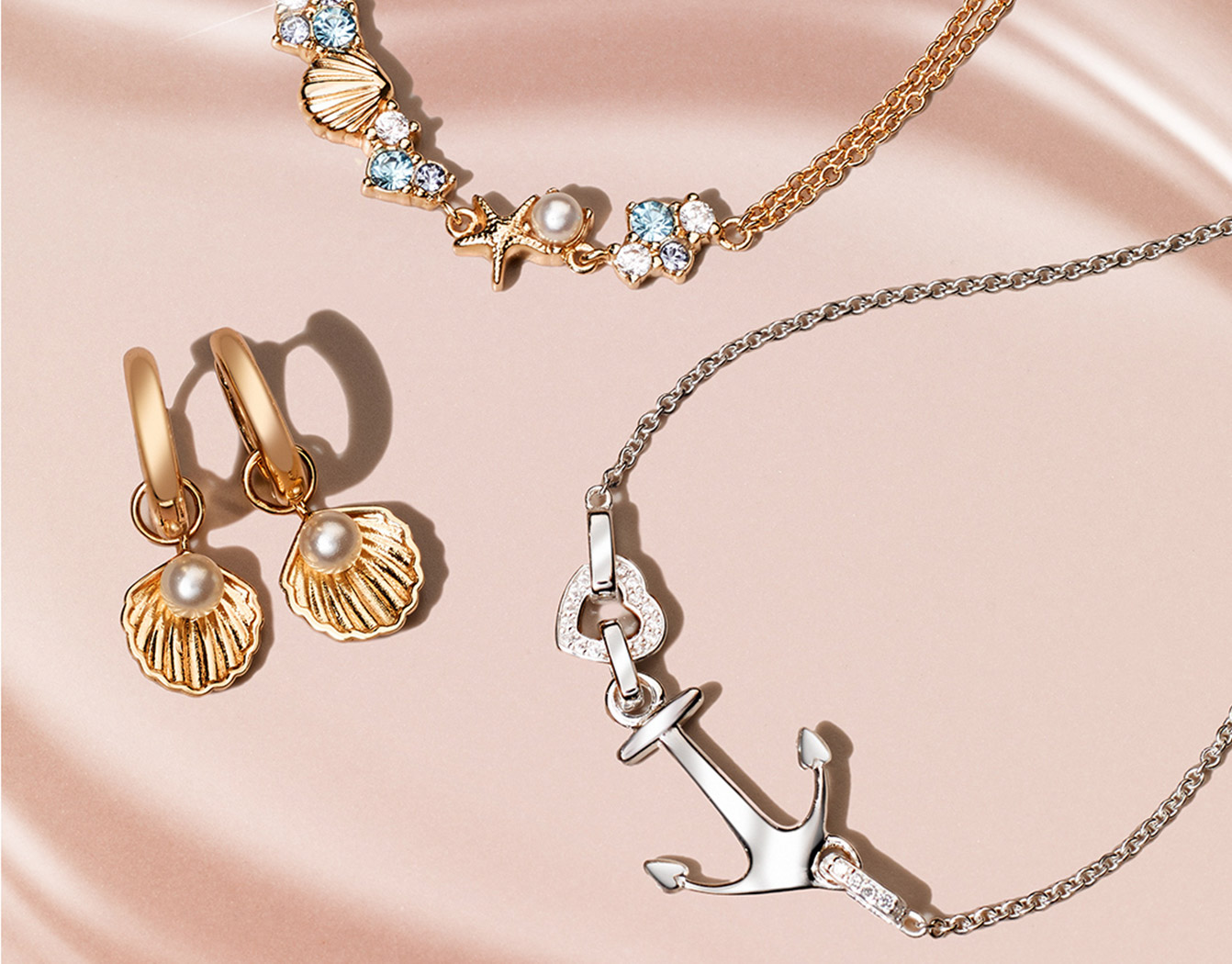The Modern Girl's Guide to Wearing Pearls
Cast aside any preconceptions about pearls, these exceptional treasures from the sea are an absolute, modern style essential for your fine jewellery collection.
Modern Pearl Jewellery
In recent decades, pearl jewellery has fallen out of favour and was associated with a more traditional way of dressing. However, in the last 10 years, jewellery designers have created striking, contemporary and modern pearl jewellery that showcases the beauty of pearls in creative ways.
Look out for swirling precious metal settings in pearl rings or pearl pendants, or diamond accents that transform a traditional pair of pearl earrings into something really unique that can be worn for special occasions.
You may find that a single pearl draws your attention, perhaps because of its colour, lustre or unique iridescence. This power to capture the imagination has made pearls a luxury since the time of the Ancient Egyptians and ensures no jewellery box can be without them.
The Meaning Behind Pearls
The gift of a pearl ring, pearl necklace or a pair of pearl earrings is said to highlight the loyalty between two people in a relationship. This is perhaps why pearl jewellery suites have become a popular choice for brides on their wedding day.
Pearls are the birthstone of the month of June and are also the traditional gift for a 30th wedding anniversary. Throughout the ages, pearls have symbolised wisdom and experience, as well as good luck and tranquillity. There is also a wonderful romance to pearls, with many myths connecting these watery gems to strong relationships, the protection of children and purity, generosity and integrity between partners.
The world of pearls is multi-faceted and complex. Many specialists spend their whole lives devoted to saltwater pearls or freshwater pearls, conch pearls or Akoya pearls, South Sea pearls or Tahitian pearls... there are so many wonderful facets of these precious treasures to discover.
What are Cultured Pearls?
A pearl is created when an irritant agitates the body of a mollusc and initiates the growth of nacre. This nacre coats the inside of mollusc shells, creating mother of pearl, or surrounds an irritant to become a beautiful round pearl.
Perhaps the most important point in pearl history was the 1890s, when Kokichi Mikimoto perfected the process of culturing pearls in Japan. Instead of relying on skilled divers and luck, Mikimoto was able to refine a process of pearl production that offered a steady supply of bright, white Akoya pearls for his fine jewellery pieces.
Today, most pearl jewellery contain cultured pearls. Natural pearls are much rarer and are often found demanding exceptionally high prices at the world's most prestigious auction houses.
Saltwater and Freshwater Pearls
Cultured saltwater pearls are produced by oysters found in the sea. They are cultured in such a way as to result in a single, round pearl per shell, which is perfect for fashioning into fine jewellery. Perhaps the most rare and valuable saltwater pearls are grey and black, although the bright, white, pink and silver hues of Akoya pearls are popular in contemporary pearl jewellery designs.
Other varieties of cultured saltwater pearls are South Sea pearls, which can reach larger sizes of 11-14mm. They are particularly prized for their radiant and iridescent gold and silver colours. You may also come across the term Tahitian pearls, which have a much darker nacre and a petrol-like sheen of blue, green, purple and gold. For this reason, Tahitian pearls are sometimes described as 'peacock pearls'.
Freshwater pearls are a little different from their sea-dwelling counterparts. They are typically found in white, pink and pastel colours and can be cultured in the traditional round pearl shape, or as baroque pearl, which refers to any pearl with an unusual, non-specific shape.
What Makes the Perfect Pearl?
Whether saltwater or freshwater, cultured or natural, there are some essential factors that make the most perfect pearl. As these precious gems are created by a living mollusc, each pearl is unique and likely to be different from the next. In fact, artisans across the world spend months, if not years, finding perfectly matching pearls for pearl earrings or a classically elegant pearl strand necklace. In graduated designs, where a pearl necklace displays an ombre-effect, this process of finding the perfect pearls for each piece can take hundreds or thousands of hours.
The bigger the pearl, the higher its value. Similarly, the better its lustre and iridescence, or the way light is reflected off its surface as it moves, will increase its value. Although white pearls are the historic and romantic choice, there are other colours to covet, like pink, silvery-blue, yellow, gold, silver, black, grey and peacock. Finally, pearls with a crisp spherical shape and perfect surface condition are the most desirable for precious pearl jewellery set in gold or platinum.
Caring for Your Pearls
Make sure to store your pearls separately from your diamond jewellery in protective pouches to avoid scratches. They are also sensitive to perfumes, so make sure your precious pearl jewellery pieces are the last thing you put on and the first thing you take off. This way they will maintain their lustre for a lifetime of memories.
More Jewellery Inspiration...

The Best Earrings For Hairstyles
Earrings are a wonderful way to compliment your facial structure but if your earrings compete with your hairstyle, your look is lost...

Gemstone Colour Trends of A/W 2019
Discover the palette of gemstones that are inspiring jewellery lovers in 2019...

10 Common Jewellery Mistakes
If you want your diamond jewellery and watches to last a lifetime, you need to make after-care and servicing a priority...



 They will be on video but won't see you.
They will be on video but won't see you. Make sure to enable your mic if prompted.
Make sure to enable your mic if prompted. Language:
Language:

